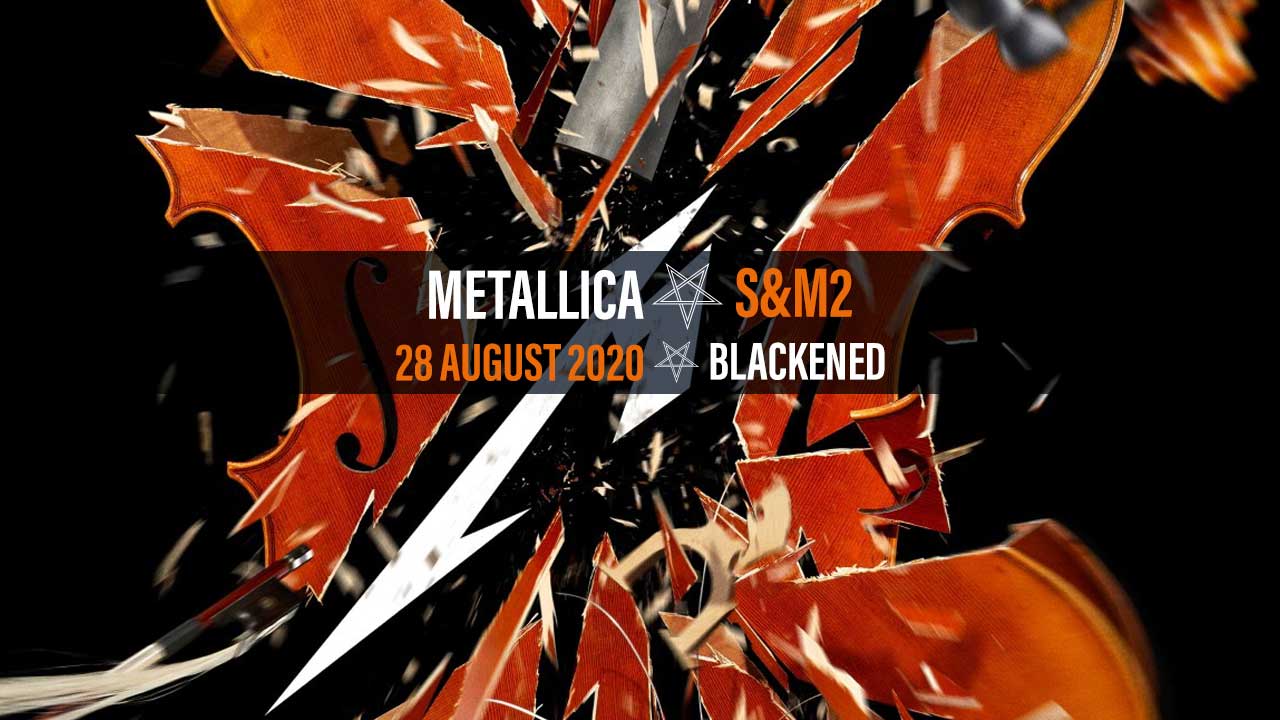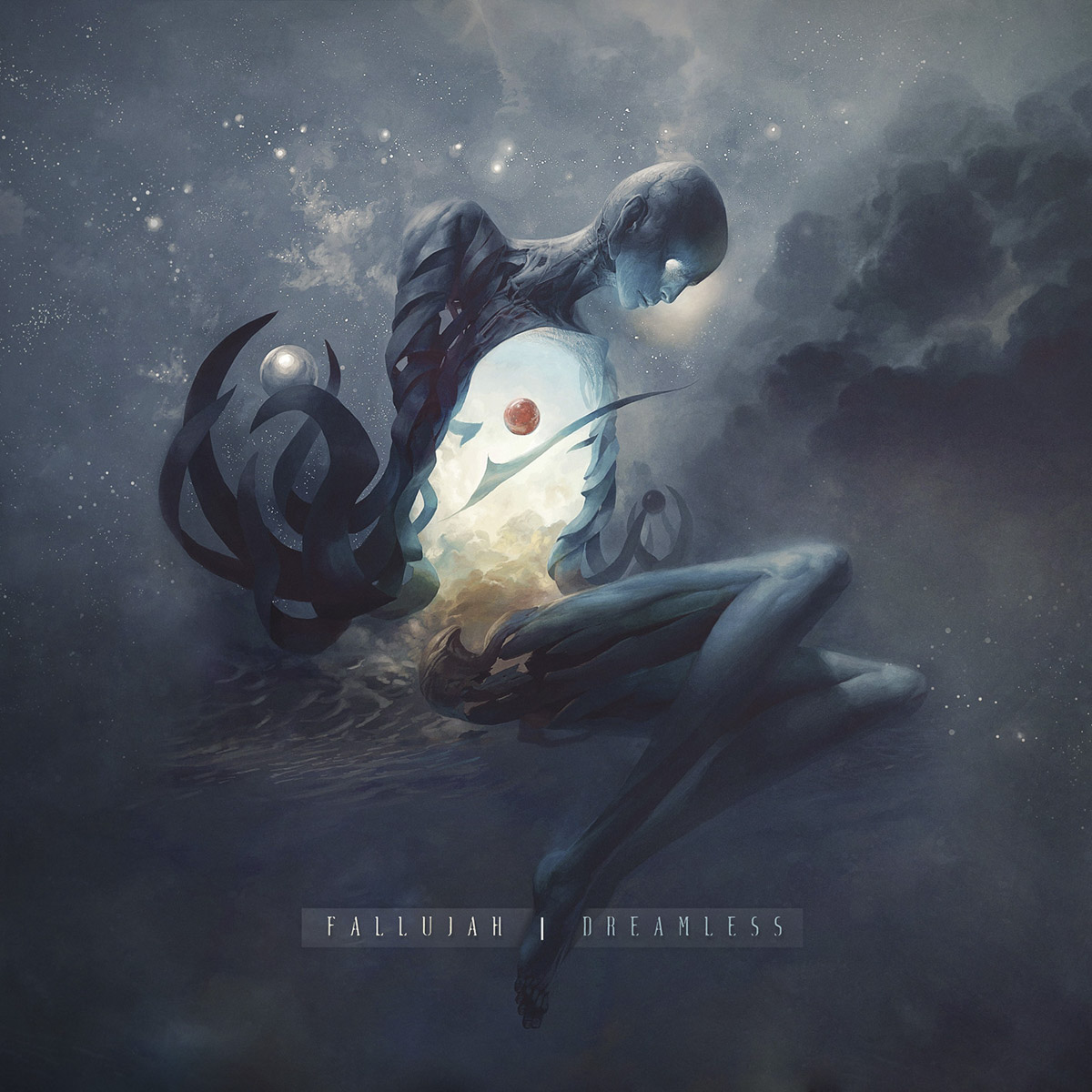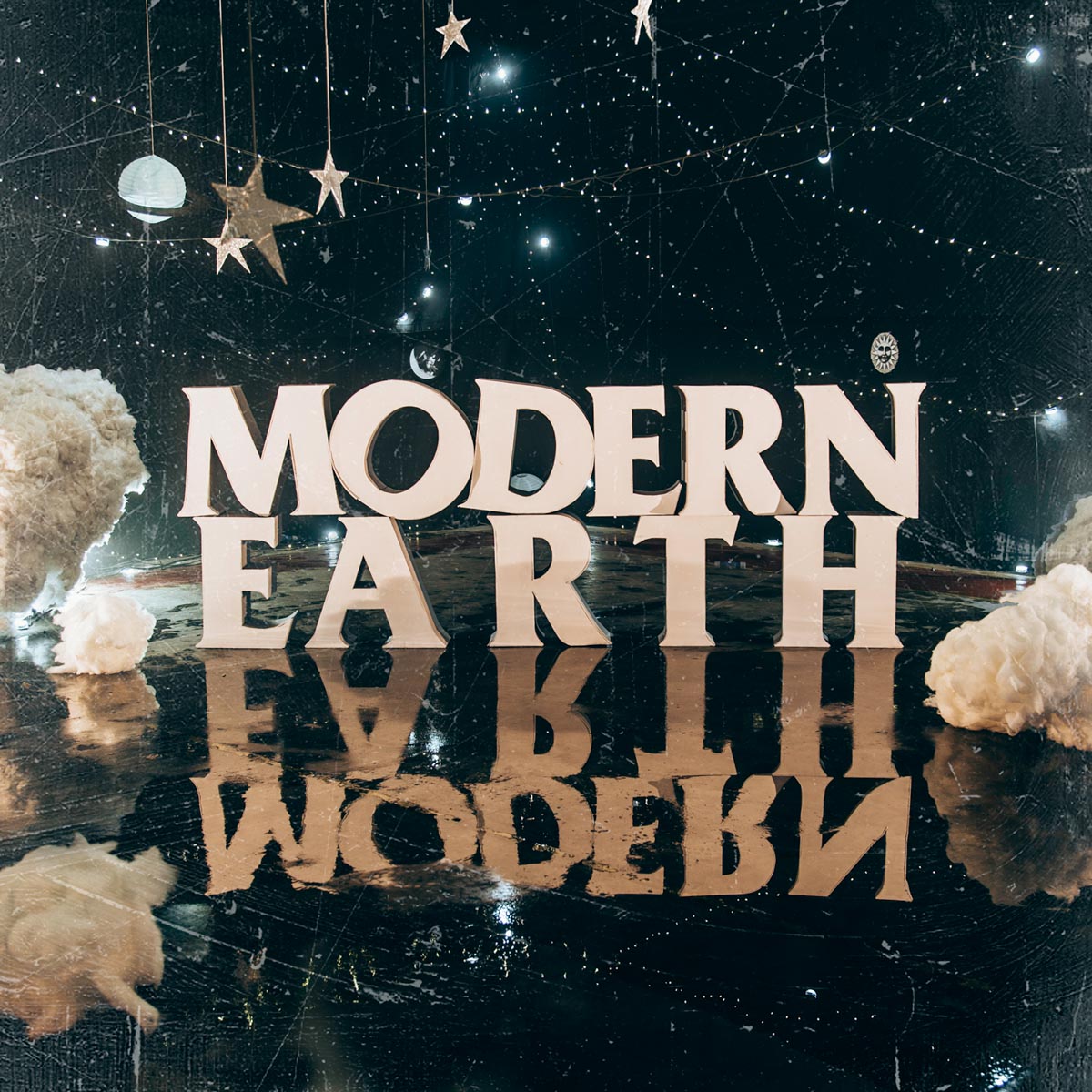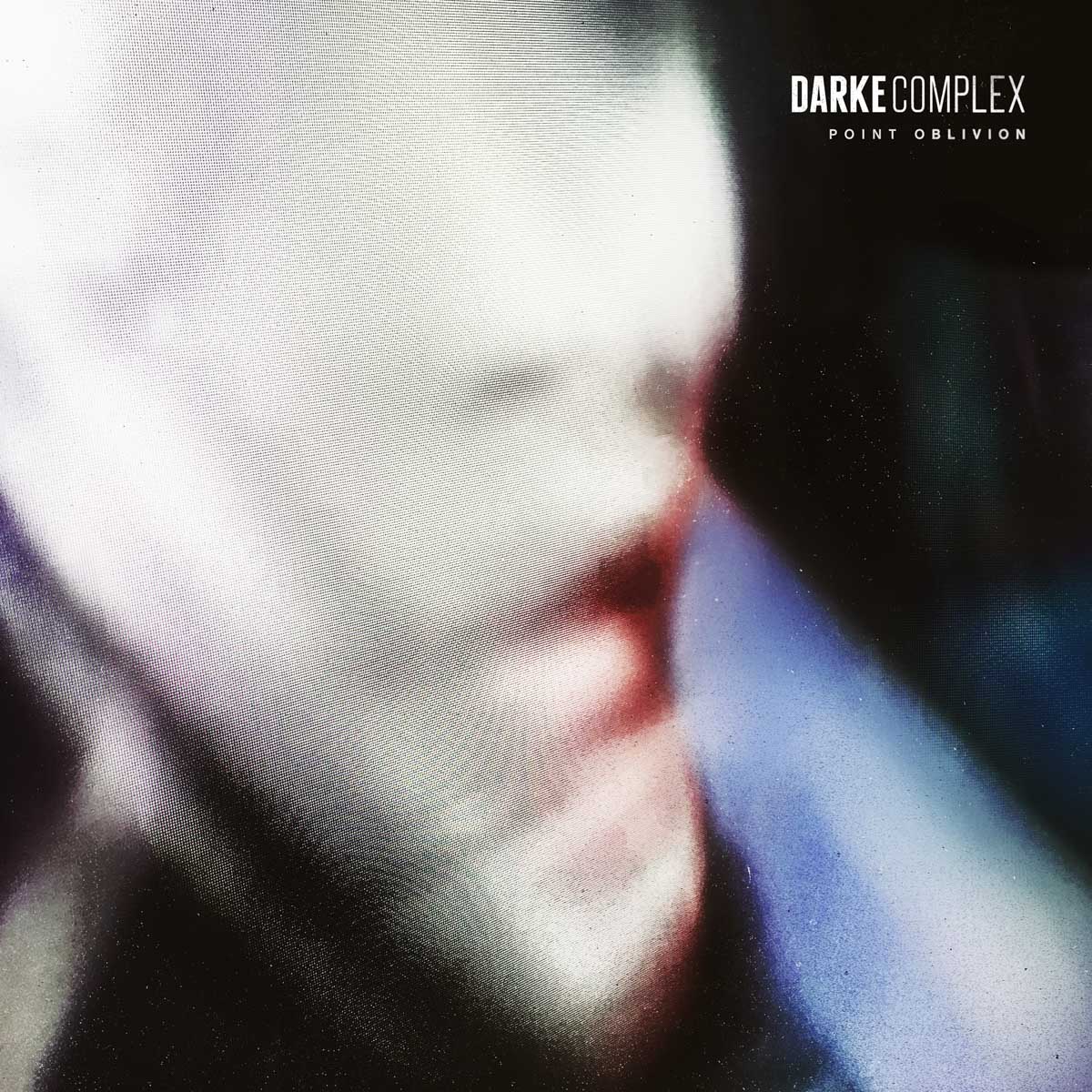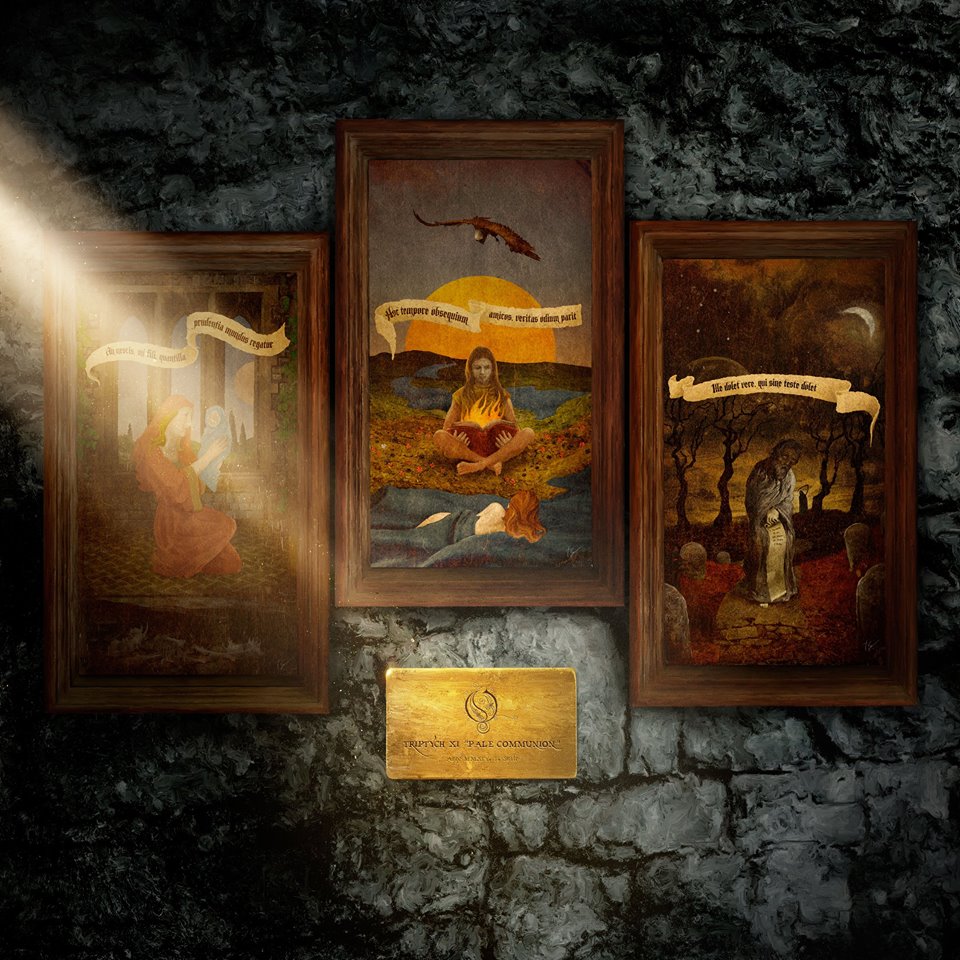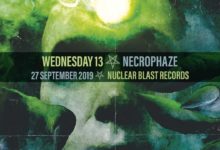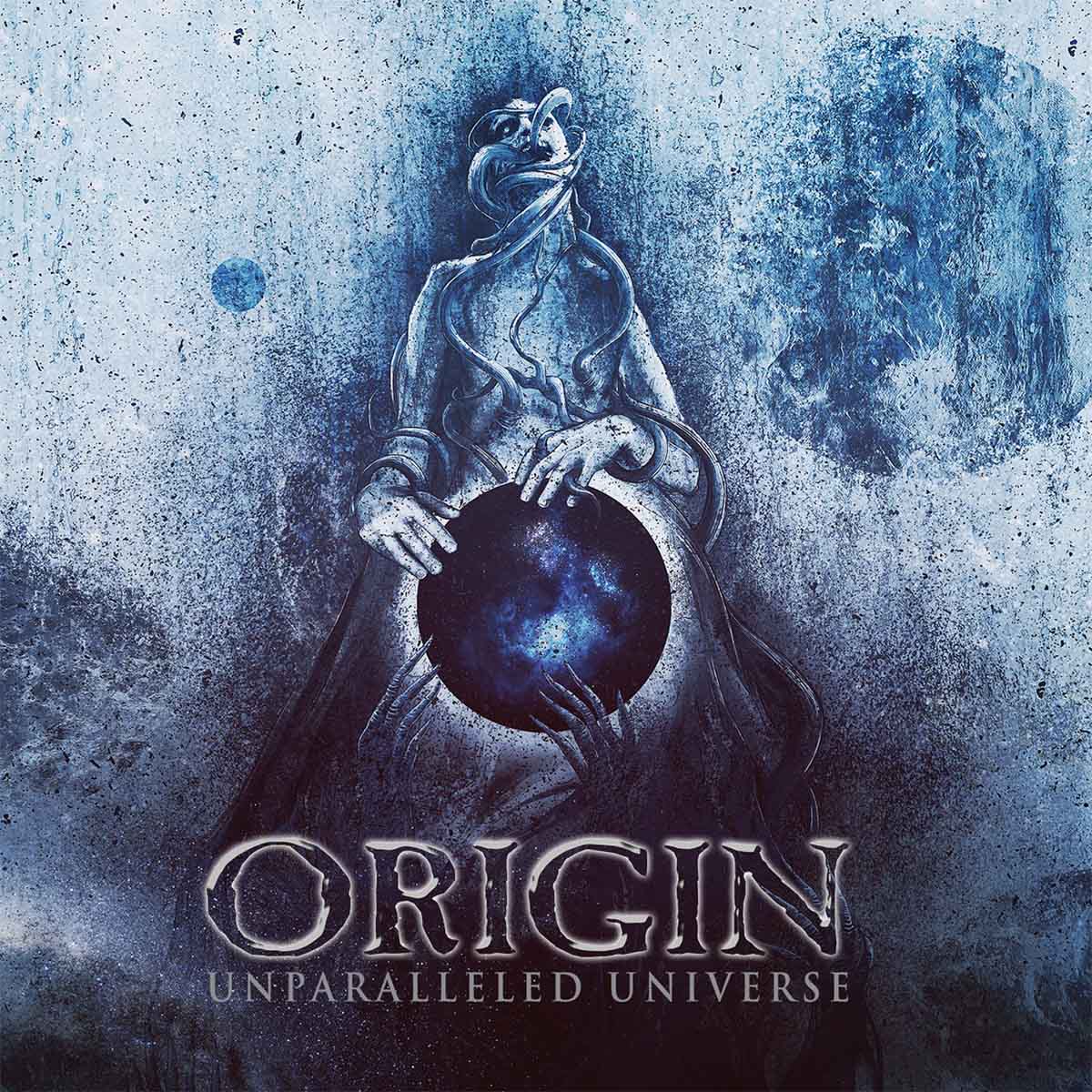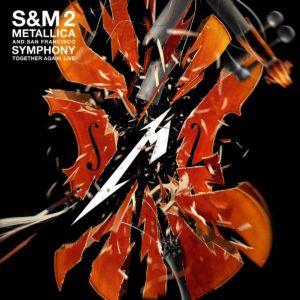 There are some albums that, if you mention their names, the vast majority of people will know exactly who recorded them. Hysteria, Exile on Main Street and Nevermind are three that immediately spring to mind. Metallica’s S&M is another. Recorded back in 1999 with the San Francisco Symphony, this is probably one of the most famous live albums ever released, selling over 8 million copies worldwide by 2013. Surely there was no way Metallica would try and repeat this…would they?
There are some albums that, if you mention their names, the vast majority of people will know exactly who recorded them. Hysteria, Exile on Main Street and Nevermind are three that immediately spring to mind. Metallica’s S&M is another. Recorded back in 1999 with the San Francisco Symphony, this is probably one of the most famous live albums ever released, selling over 8 million copies worldwide by 2013. Surely there was no way Metallica would try and repeat this…would they?
It turns out…they would. To mark the 20th anniversary of the original S&M concerts, Metallica teamed up again with the San Francisco Symphony (sadly without Michael Kamen, the conductor, who passed away in 2003) for a one-night-only concert (which would later be extended to a second night).
From the moment The Ecstasy of Gold begins, you can tell this is going to be one very special concert. This isn’t going to be a simple rehash of the original concert, nor is it going to be a simple “going through the motions” concert either. This is a band and an orchestra who, individually, are at the top of their game. Collectively, they become something more. As we move into The Call of Ktulu, you’re already forgetting that the band and the orchestra are separate. They already sound as one.
Once we hit For Whom the Bell Tolls, however, is when the fun really starts. Already one of my favourite Metallica songs, the addition of the orchestra adds extra dynamism to this song (not that it was lacking it in the first place, of course). Given that it’s the first time we’ve heard James Hetfield’s voice, it’s great hearing him in such good voice. And the crowd are clearly loving it already as well. It’s unusual to hear a crowd in such good voice on only the third song – and the first one with any form of singing as well.
Metallica’s songs, as a general rule, could be construed as fairly…cinematic. I don’t mean filled with special effects (that would be silly), but what I do mean is that they’re usually in-your-face epics. I mean this in the best possible way as well – I’d be hard pressed to name a song by them that clocks in at under 5 minutes. But this is a very good thing – it invariably means you’ll be getting your money’s worth. And with the next double-bill of The Day That Never Comes and The Memory Remains, that’s precisely what you get.
The beginning of Confusion wouldn’t sound out of place in a war movie – the thudding drum and bassline building ominously until the song itself crashes into life. This is definitely a song that benefits massively from the extra drama the orchestra can bring – and by this point, it’s getting difficult to tell where the Symphony end and Metallica begin. The synergy between them is incredible – and it only builds during the rest of the first half of this immense album.
Finishing the first half of the album with No Leaf Clover and Halo on Fire, it’s one hell of a way to hit the halfway mark. They’re not songs I’ve listened to massively, but hearing them here with the Symphony makes me wonder what I’ve been missing.
Moving into the second half of the concert (I’m neither confirming nor denying that I took an intermission as well..), and we get to the obligatory “meet the players”. But it feels different here, as it’s more a case of Metallica showcasing their fans and the Symphony. Close your eyes, and you’d swear blind you were there (unless you’re watching the DVD – then don’t close your eyes). The Intro to Scythian Suite not only serves to introduce the people to us, but also gives a quick explanation of what they’re playing – and once you hear it, you understand immediately why this particular suite was chosen.
The Iron Foundry, by Alexander Mosolov (not a composer I’m overly familiar with), is another piece of classical music that works perfectly with the Symphony/Metallica combination. Indeed, it’s almost a shame that it’s such a short piece – listening to them play something that little different is, quite frankly, amazing and would be a great launchpad for any metal fan who wants to check out classical music, but isn’t really sure where to start.
All too soon, we’re back in more familiar territory, with The Unforgiven III starting as close to acoustically as it’s possible when you’ve got an entire orchestra behind you. But immediately, you feel yourself relaxing back into the music (if that’s possible with Metallica!) and you start to feel that pang of jealousy that you weren’t able to actually be at such a monumental event – one of my friends managed to attend, and they’ve never let me hear the end of it. Not that I blame them – being at this would be up there with being at the original recording of S&M, or Iron Maiden’s Live After Death – a true “I was there” moment.
Given that I’ve just mentioned the original, I feel I have to point one thing out – this isn’t just some rehash of the original. This is already a standalone masterpiece – it’s already taken me a few days to write this review, and that’s purely because every time I sit down to listen to it and write, I find myself lost in the music, transported thousands of miles (and several months) to San Francisco and the recording of this concert.
The start of (Anesthesia) – Pulling Teeth is a reminder that Metallica haven’t forgotten where they’ve come from, or what they’ve been through (and they’ve been through more than most bands) with a tribute to the late, great Cliff Burton. This version is at once poignant and heart-wrenching, before exploding into life.
And just like that, we’re at the end of the concert. Well, almost. There’s just the minor matter of four of Metallica’s biggest and best-known songs to come. Kicking us off is One, which is already probably the most “theatrical” of all Metallica’s songs. Add an orchestra to the mix, and you get a song that makes the hairs on the back of your neck stand on end – so goodness only knows what it would have been like to hear this performed live.
Master of Puppets kicks us back into full-throttle action though – and boys-a-dear, what a ride it is. This has always been one of my favourite Metallica songs (probably because it’s one of the first I can remember hearing), but with the addition of the Symphony, there’s a whole new energy added to it that. I’m not entirely sure if it’s appropriate to headband while listening to an orchestra, but I’m pretty sure that would’ve been very tempting while listening to this version.
Nothing Else Matters, meanwhile, is (in my eyes) one of the most beautiful Metallica songs there is – if you can use “beautiful” to describe a Metallica song, that is. And adding in the swell of the orchestra in the background only increases this. It’s during songs like this that you realise just how much the Symphony and Metallica complement each other, as you barely notice that they’re both there. It’s really hard to tell where one ends and the other begins.
Enter Sandman brings this symbiosis to an entirely different level and is, quite possibly, the perfect way to end this concert. If you were to ask a random person to name a Metallica song off the top of their head, there’s a good chance they’d name this one, and for good reason. The addition of the Symphony here turns this song into a rampage. With the Symphony breaking loose completely, you feel that they’d have to be exhausted by the end of the song, never mind the concert.
As I said before, this isn’t just S&M Mk 2 – this is something completely different (albeit with the same players). This is a tour de force of a band at the top of their game with an orchestra who are, quite possibly, one of the tightest group of musicians I’ve heard.
If you liked the original, you’ll love this. If you like Metallica, you’ll like this. If you like classical or orchestral music…ah, give it a go anyway. You’ll probably love it.

